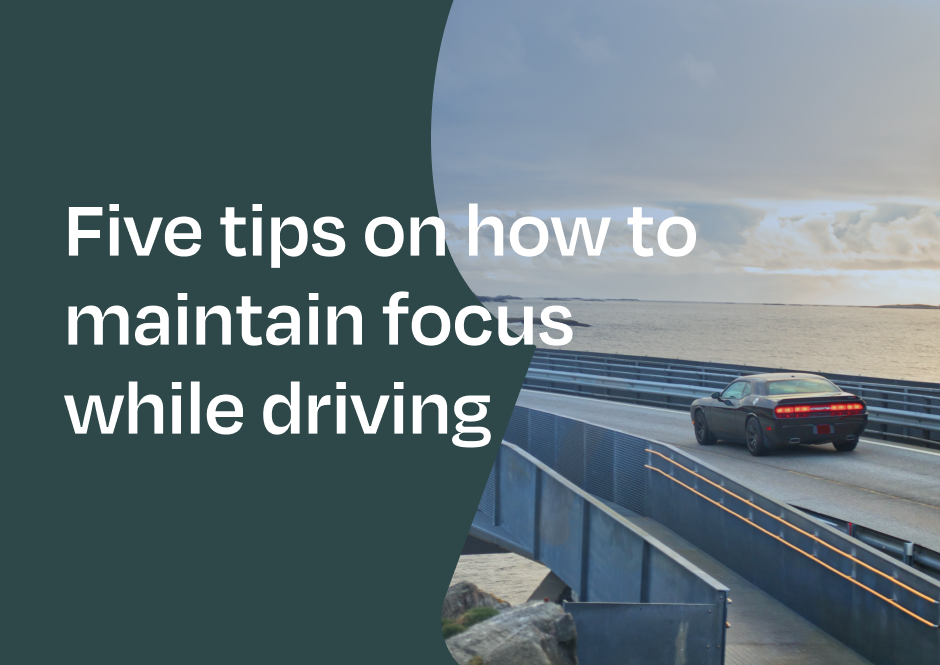


Day dreaming is a common type of driver distraction. It may seem harmless, but anything that takes the mind away from driving can increase crash risk. Change your gaze frequently to help maintain focus on the environment around you.
It’s much safer to avoid distractions completely if you can. For example, turning your phone off or putting it out of sight eliminates the temptation to check a notification or send a quick text. Other tips to reduce distractions include setting up GPS before you drive and saving food/snacks for rest stops.
Feeling stressed while driving can affect focus – and many factors can heighten stress levels, such as personal issues, work pressures, traffic delays etc. Consider your stress levels before you drive and do what you can to help keep your stress levels low. This might be exercise, more sleep, meditation – or whatever works for you.
Rushing to get to your destination, not knowing where you are going, and being faced with traffic problems are all likely to affect your focus. Planning your route in advance, checking travel updates, and allowing plenty of time for your trip can all contribute to a higher level of focus during your drive.
Impairment – through alcohol, drugs, illness, or fatigue – can dramatically affect focus. It’s important to be 100% alert while driving, not only for your own performance, but so you are prepared to react to the actions of others. Regular breaks from driving are also important. Aim for at least 15 minutes for every two hours of driving.
The FIA Smart Driving Challenge (SDC) is a worldwide challenge created by the FIA in collaboration with Greater Than to encourage everyday drivers to adopt smarter, cleaner and safer driving behaviors.
Joining the FIA SDC gives your organization the opportunity to reduce crashes, CO2 emissions and fuel consumption within your company. It also provides company-wide reporting into safety and eco-driving regardless of vehicle type or location, so you can easily identify the drivers who are increasing your company’s risk level, and fuel consumption.
Read more about the challenge here.